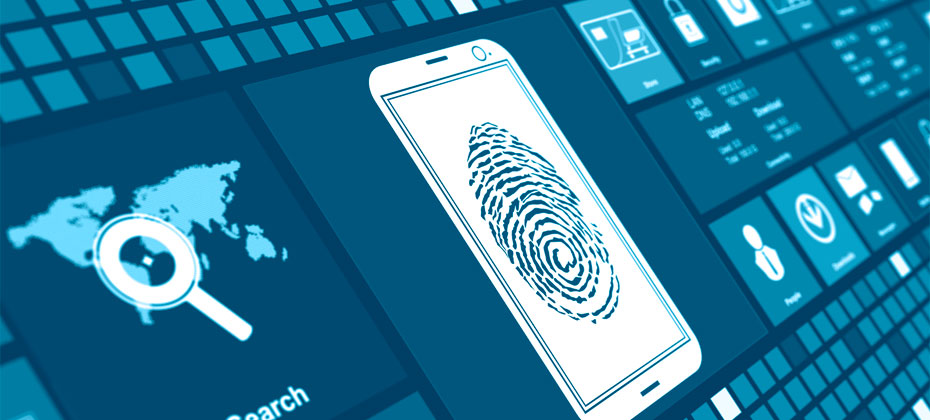In today’s world, 85% of all U.S. adults used a smartphone, tablet or laptop last year and expect to be able to interact with businesses through a variety of means. In turn, it’s becoming increasingly difficult for businesses to deploy an identity relationship management strategy that can address the significant differences in risk associated with each type of interaction.
Our latest perspective paper, The 3 Pillars of Identity Relationship Management: How organizations can reduce risk and increase engagement, defines how businesses should approach Identity Relationship Management. Understanding the relationships between identity, devices, and connected things can enable a more effective, context based risk management strategy at every stage of the customer lifecycle. Managing these relationships throughout the customer lifecycle will allow businesses to offer the better fraud protection resulting in:
- Streamline credentialing
- Reducing risk and losses
- Meeting consumer expectations
- Providing frictionless customer experiences
- Complying with regulations
Businesses need to have the ability to invoke real-time “context-based” identity management strategy that identifies risks based on:
- How customers interact with your business
- The devices they use and the type of transaction in play
- Changes to their identity profile throughout the customer lifecycle
Then from knowing all of the above they can automatically generate the appropriate authentication approach on par with the level of risk presented.Laptops, phones, mobile applications and even your car are part of today’s mobile-enabled environment making identity management quite different. This is Identity Relationship Management in today’s wired world. Make sure your identity strategy is scalable, adaptable and reliable. Download our paper today.
